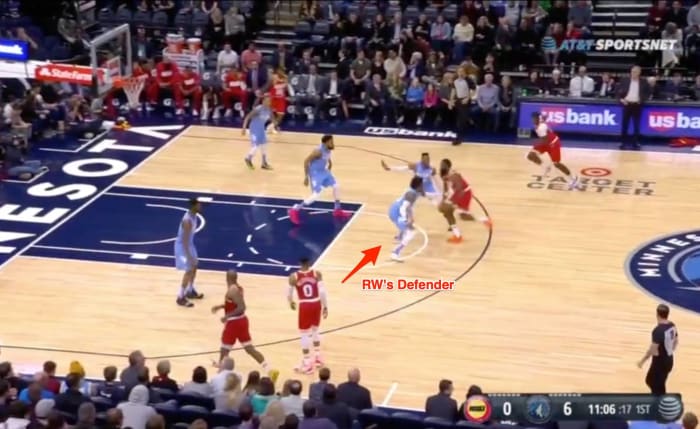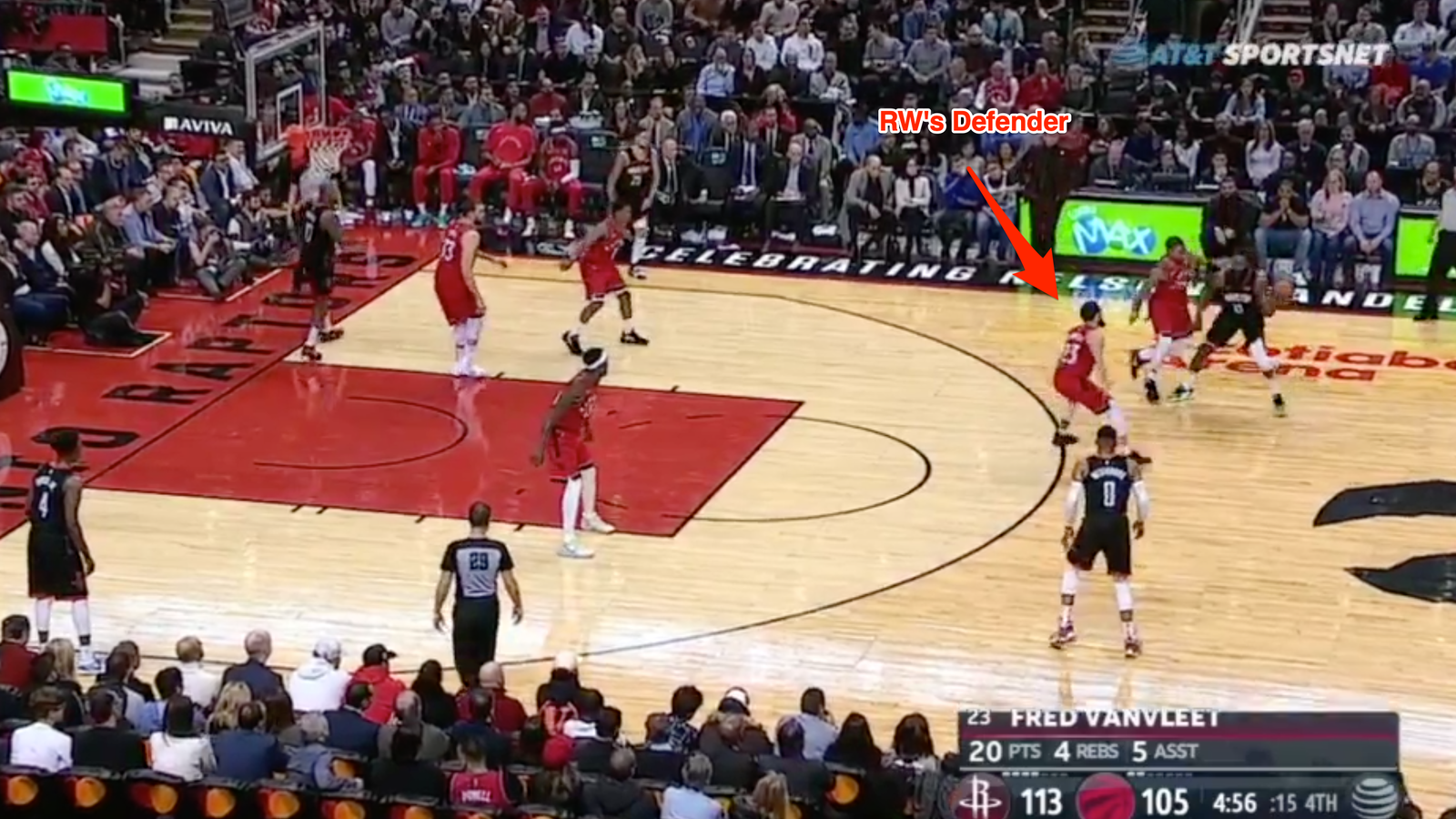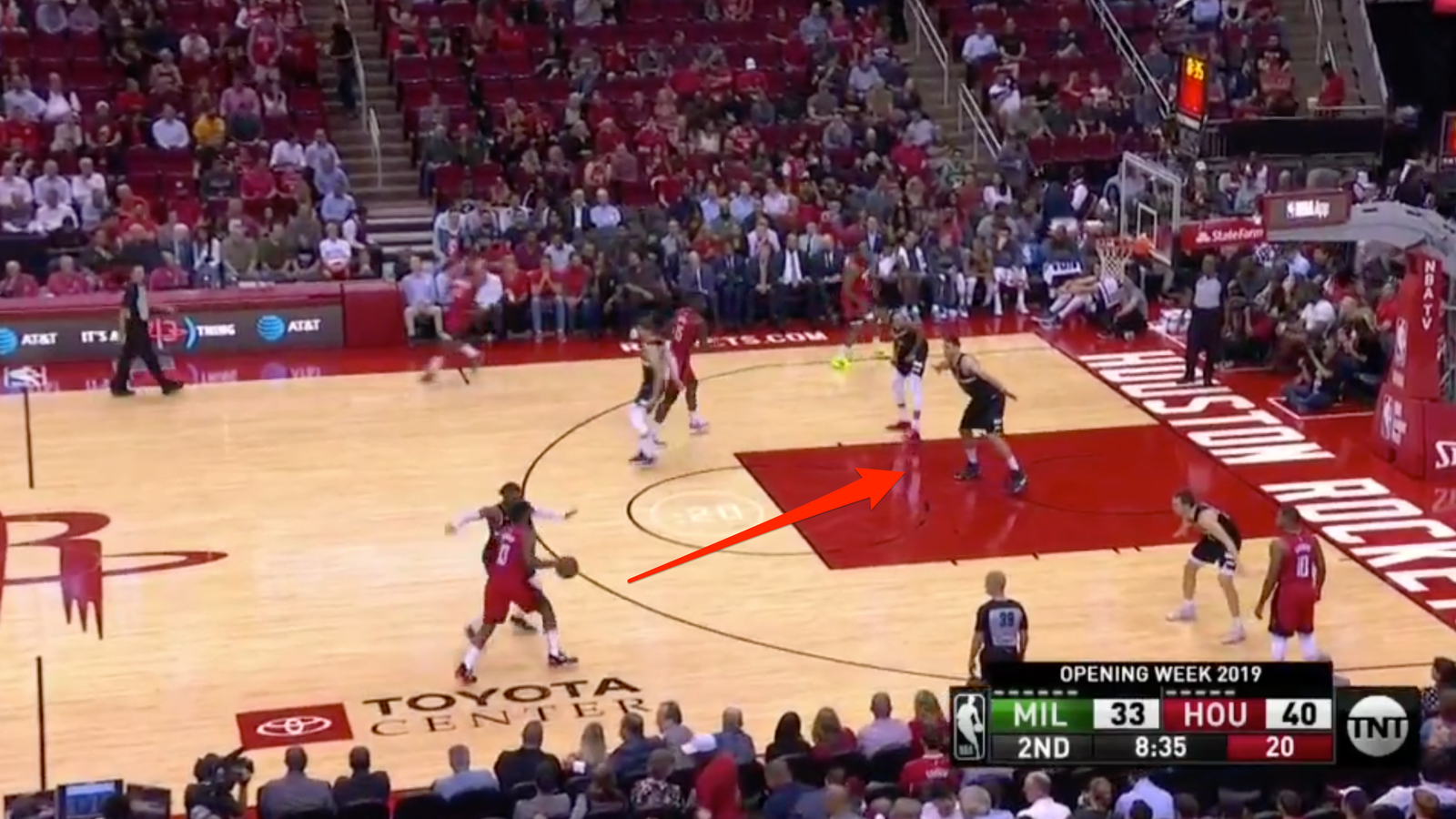
Major concern or blip? Dissecting James Harden's recent slump
When does a slump signal a true decline?
That's a question the Houston Rockets and their fans must be asking about their superstar, James Harden. Over his past 11 games (he missed two games recently with a thigh injury), the 11-year veteran has averaged 28 points, well off his season average of 35.7. The 30-year-old is shooting only 35 percent from the field and a ghastly 25.2 percent from beyond the arc in those 11 games.
During this ugly stretch, the Rockets (29-18), whose next game is Friday against Dallas, have been outscored by a little more than three points per 100 possessions with their franchise player on the court. For a team with title aspirations, that’s obviously not ideal.
This type of stretch is rare for Harden, prompting many questions beyond the obvious one. Are defenses playing the Rockets differently? Are teammates impacting what shots he's getting? Is this streak simply part of the ebb and flow of a marathon, 82-game regular season? During extended slumps like this, it’s important to look at the underlying process to see if anything has fundamentally changed.
The obvious place to start, then, goes back to this summer and the high-profile, Chris Paul-for-Russell Westbrook swap with the Thunder. Throughout his career, Paul has been regarded as threat with his jumper -- the very thing that is Westbrook's Achilles heel. When Harden was at Houston’s offensive controls the previous two seasons, Paul would often spot up on the perimeter with the full attention of his defender. That can’t be said about how defenses react to a misfiring Westbrook this season.
Westbrook shoots 23.5 percent from behind the three-point line, well below his already unimpressive career percentage (30.4). To make matters worse, Westbrook shoots only about 32 percent on unguarded, catch-and-shoot jumpers, per Synergy Sports data. That puts him in the bottom third of the NBA in that category. Surely this must affect Harden, right?
To a certain degree, it has changed the way Harden has operated during his minutes with Westbrook. Opponents are far more confident in skirting their help responsibilities on Westbrook to make Harden’s life more difficult. Sometimes that comes in the form of Westbrook’s man straying far from his help responsibilities to muddy up Harden’s driving lanes (below).

Westbrook’s man sometimes will abandon him completely to commit to a full-fledged double team on Harden (below).

It would be easy to look at the way teams have, at times, aggressively sold out on Westbrook and link it to the current state of Harden’s game. Harden's interactions with Paul off the court may have been an issue, but when the veteran guard was in Houston, there was no denying Harden had more room to operate. The problem with thinking Harden's slump is somehow a byproduct of Westbrook’s presence catching up to him is that the numbers don't bear that out.
A quick look using NBA.com’s player compare tool shows that Harden operates at essentially the same level whether Westbrook is playing or on the bench. In fact, Harden actually gets to the free throw line and dishes more assists with Westbrook on the court.
It’s a similar tale with another strategy opponents deploy in attempt to solve their Harden problem. While it’s not always noticeable, teams often "sell out" on Harden’s left hand. The Bucks take that tactic to an extreme, almost comical, degree, essentially having the player guarding Harden almost parallel to him (below).

The point of such a strategy is two-fold. First, it eliminates Harden’s ability to use his dominant hand, something that the analytics departments operating within NBA franchises surely see as a win. On top of that, it supposed to make it hard for Harden to get to the 3’s, free throws and layups that he’s feasted on while becoming one of the league’s most efficient scorers. By creating these defensive alleyways for Harden to drive into, it creates a choice: either take a tough, contested two in the paint or kick the ball out to a teammate.
If tactics like this were working and slowly chipping away at Harden’s production, we’d see it in his shot distribution. Namely, Harden would be shooting far more contested, low-value shots in areas he’s not comfortable in. If that turned out to be the case, it’d mean this is less of a slump and more in “teams have figured James Harden out” vein. Yet once again, the numbers tell us that despite their best efforts, defenses aren’t any closer to solving their Harden problem.
In the 2018-19 season, 3.8 percent of all Harden’s shots came in the mid-paint area. This season, that number has risen about a half-percentage point. Harden does take a lot of shots. Last season, he led the league in field goal attempts with 1,909. This season, he’s already attempted 1,037. But even with Harden’s insane shot totals, that small rise in mid-paint shots would amount to around 10-12 more shots in that area this season. That’s hardly a seismic shift suggesting Harden is doomed.
Overall, Harden is more or less shooting the same type of shots he did last season. That’s a big deal when taking the 30,000-foot view of this slump. Harden’s shots at the rim, in the paint and elsewhere are all right about where they were last season. He’s also not settling for, or missing a lot more, of his patented, high-degree of difficulty, step-back jumpers in some extreme way this season either.
Harden has converted 38 percent of his step-back jumpers this season, a slight increase on the percentage for his signature shot last season. During his slump, Harden has converted about 31 percent the step-back jumpers he’s attempted. Given Harden converted a much higher percentage (40.4 percent to be exact) on the 854 step-back attempts between 2017-2019, this recent downturn seems like the epitome of a slump.
And both for the entirety of the 2019-20 season and during his current slump, Harden isn’t creating a new habit of settling for these jumpers. About 33 percent of Harden’s shots are step-backs this season compared to 31 percent last season. That’s hardly enough of a change to say he’s bypassing attacking the basket to settle for shots from beyond the arc.
Harden’s slump hasn’t changed his overall shot selection either. During the 2018-19 season, Harden’s step-back to layup ratio was 1.34 to 1, per NBA.com’s shot type totals. Over his past 11 games, the ratio is about the same. The final nail in the “settling” argument’s coffin is that per NBA.com’s tracking data, Harden is averaging 18.2 drives per game in 2019-20, down slightly from his league-leading 19.6 last season.
There’s just nothing to suggest that defensive schemes, age or even nagging injury is changing the types of shots he’s getting. Even Harden’s free throw rate is still an impressive .518, just a hair below his career mark of .526. His magic touch of racking up fouls has not magically disappeared, something that would have been a true signal something serious was going on.
During this 11-game slog, Harden has made about 28 percent of his jumpers, per NBA.com. That’s nearly 12 percentage points lower than last season -- a season in which Harden hoisted nearly 2,000 shots. Overall, despite this extended slump, Harden is still on pace to post the second-highest true shooting mark (which factors in threes, free throws and two--point shots) of his entire career.
That should make the Rockets and their fans pretty optimistic about what lies ahead. The Beard is getting the same type of shots as he has throughout most of his career. He's just not making them right now, all part of the ebb and flow of the season. He'll snap out of this slump.
Count on it.
More must-reads:
- Ranking the top 10 players in the NBA conference finals
- Three keys to watch in Knicks-Pacers Eastern Conference Finals
- The 'Four starters with 20 points in an NBA playoff game since 2000' quiz
Customize Your Newsletter
 +
+
Get the latest news and rumors, customized to your favorite sports and teams. Emailed daily. Always free!







